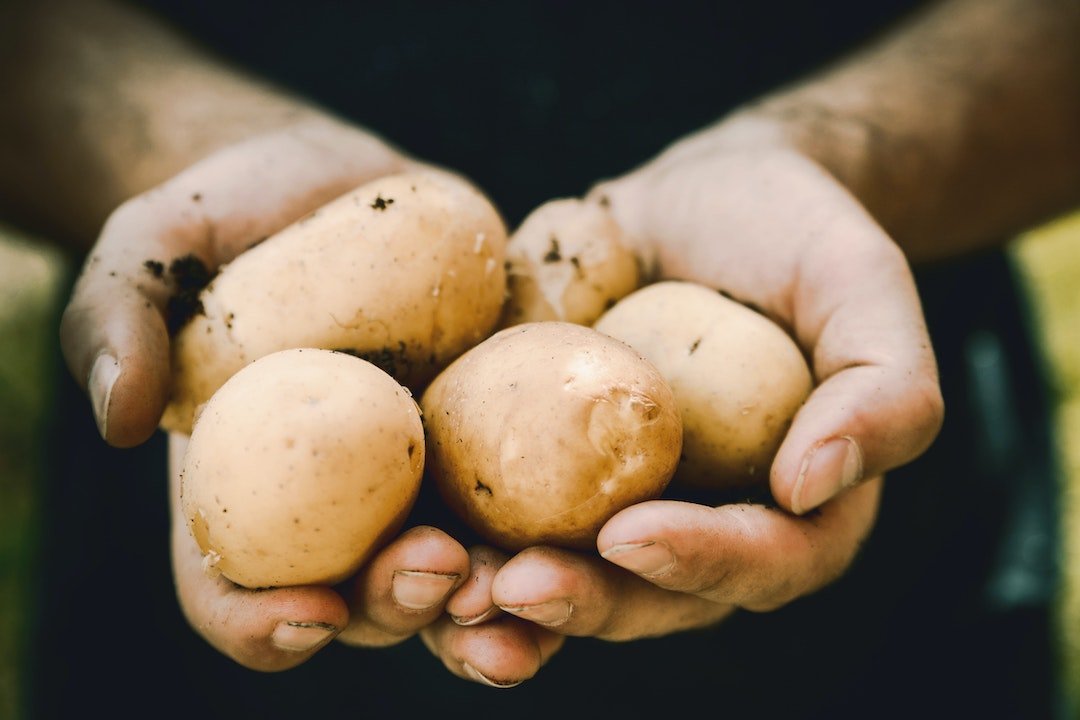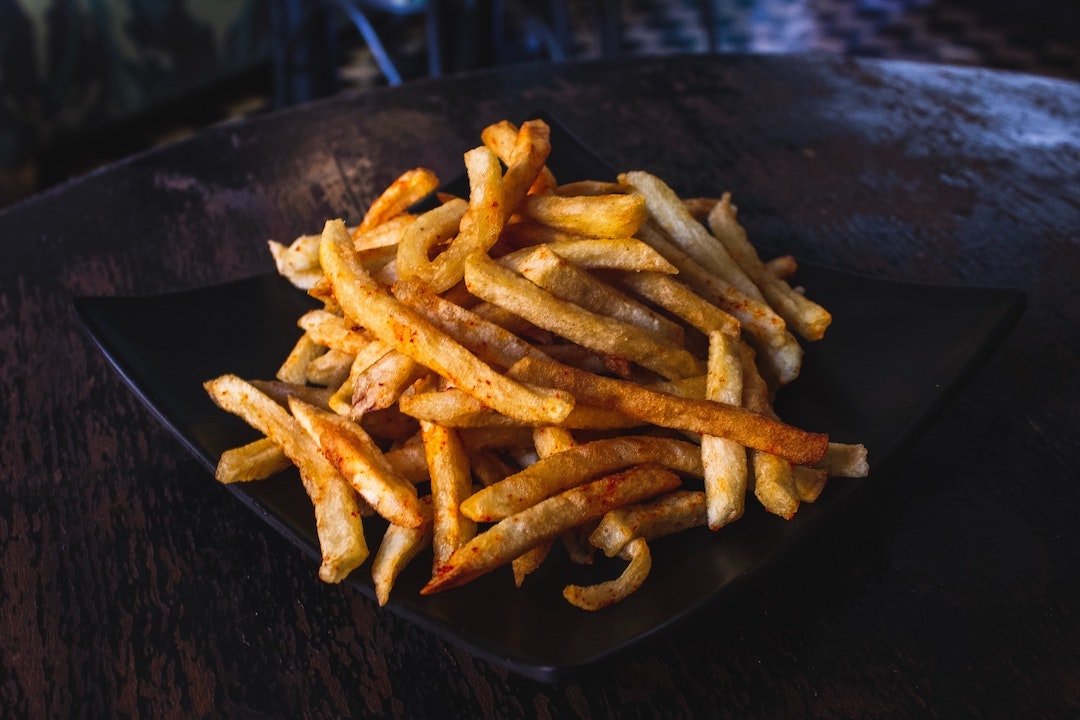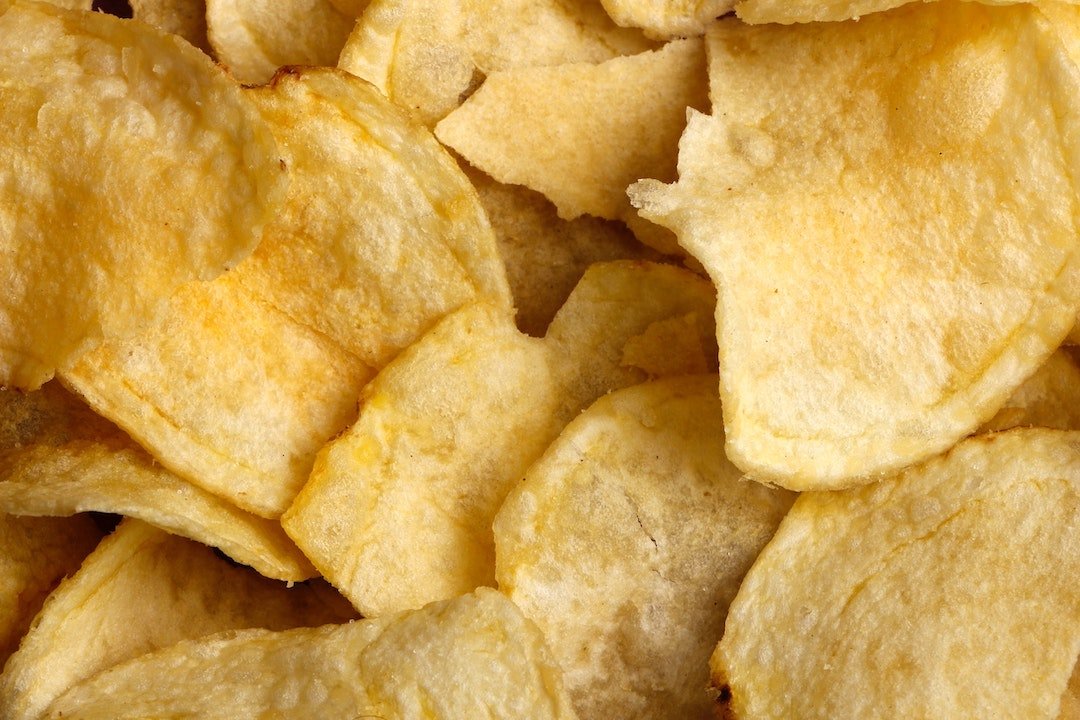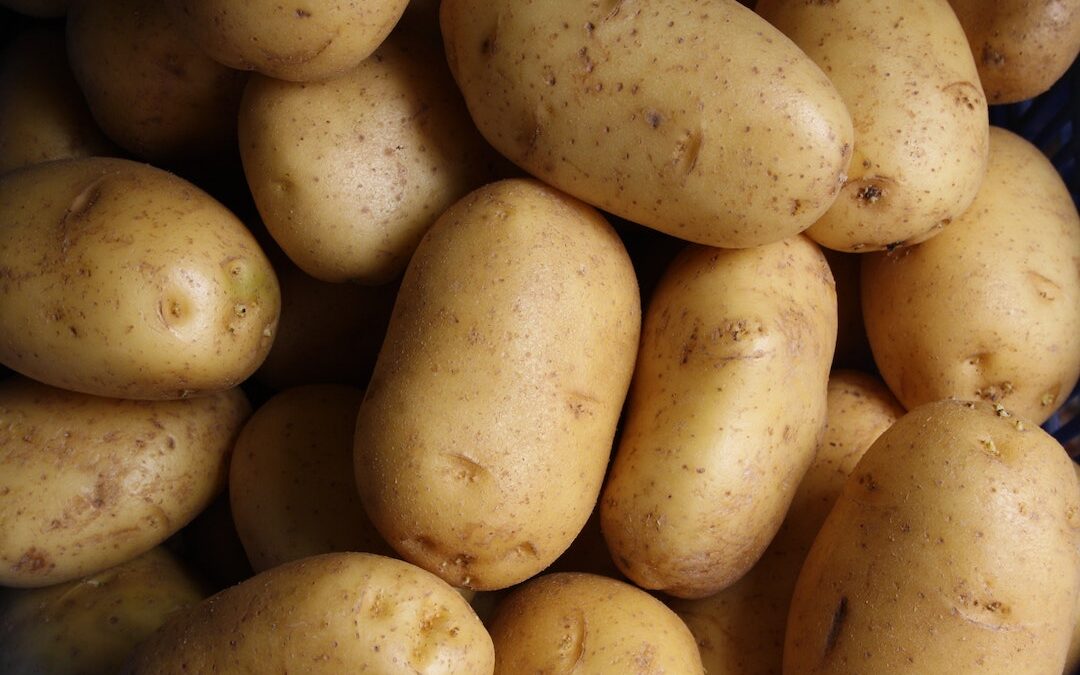Australia is experiencing a nation-wide potato shortage.
Due to the ongoing effects of the floods and fluctuating weather conditions in 2022, farmers have been unable to keep up with demand for this popular produce. The call for frozen potato products, and discussions with major brands, has led to sourcing problems for restaurants and supermarkets alike. So far, potato costs have increased by around 25%, and we’re yet to see what will happen over the coming months.
So what exactly is the issue? And how are farmers being affected?

The popular potato industry
From chips, to crisps, to mash, Australia is a country in love with the humble potato. As such, the industry is now worth around $750 million. Potatoes represent the largest group of vegetables grown in Australia by volume, coming in at over 1 million tonnes every year. This accounts for around 20% of all horticulture production in Australia.
Potato crop is grown on around 28,000 hectares of land. However, this industry can be split into several sectors: seed potato production, ware potato production (used for the fresh market), and processed potato production (used for frozen produce, chips, and crisps). Each sector has its own practices and crop management, but all are responsible for delivering delicious potatoes across the country.

Weathering the storm
The industry is divided into these subcategories due to the different types of potatoes required for each sector. As such, the shortage is mostly affecting spuds needed for processed production. Lovers of chips and frozen products may struggle to get their hands on their favourite snacks in the year to come.
This shortage is largely due to the floods of 2022. Potatoes are usually planted at the end of October, but intense weather conditions meant many farmers were prevented from planting stock until December. This meant potato harvests in regions like Ballarat were reduced by one-third after potato plants were damaged, and it looks like things aren’t getting much better. Farmers say the ground has been too wet to place machines in paddocks to sow the potatoes, leading to ruined harvests.
In order to preserve the potato stock still available, major brands like Coles have introduced purchase limits on freezer potatoes, while cafes and restaurants are being forced to get creative with their menu offerings.

Other important factors
While weather concerns are the major factor in Australia’s potato crisis, there are other elements also contributing. Farmers claim they aren’t being paid enough for their produce, calling on big brands like McCain Foods for a 78 percent price increase to remedy this. Last season, McCain paid their growers an average of 33 cents per kilo of spuds, yet it costs farmers around 51 cents to produce a kilo of potatoes. With harvest already down 20 percent, and factors like pest control and labour increasing expenses for farmers, the lack of pay is making potato production seem less and less viable.
Simplot Australia faced similar backlash last year, when they refused to increase their pay after Tasmanian farmers asked for better wages. While farmers estimated it cost around $20,000 a hectare to produce their potatoes, Simplot was unwilling to compensate for these costs during negotiations.
Overall, it looks like the potato shortage will be continuing into this year, with future impacts remaining to be seen. Australians should be prepared to see less and less of their favourite potatoes on the shelves, while our amazing farmers continue to recover after a hard 2022 season.
To find out more about how Australia’s agricultural industry is tracking this year, click here.

